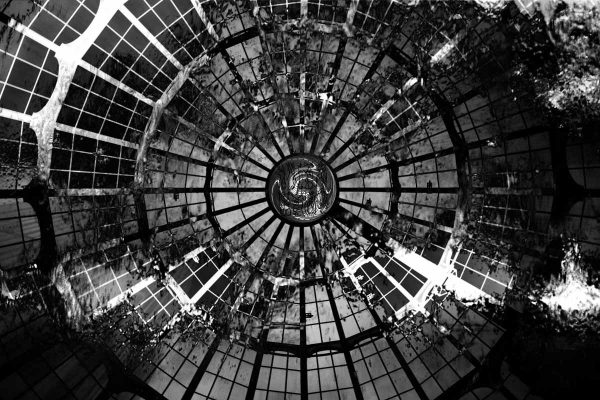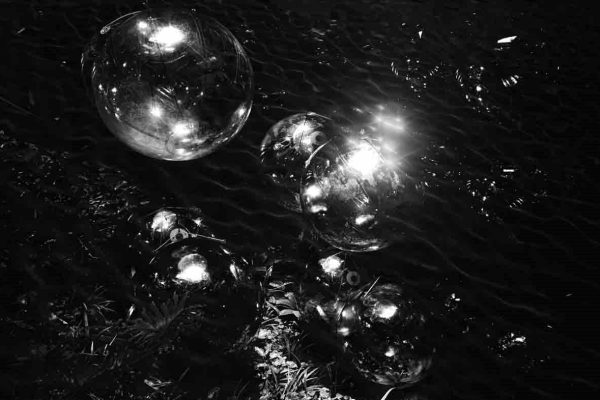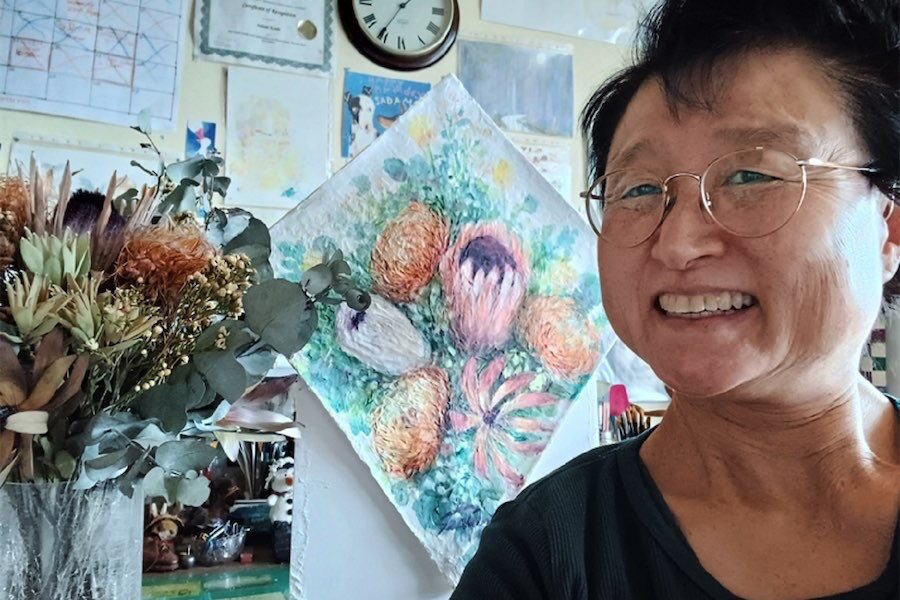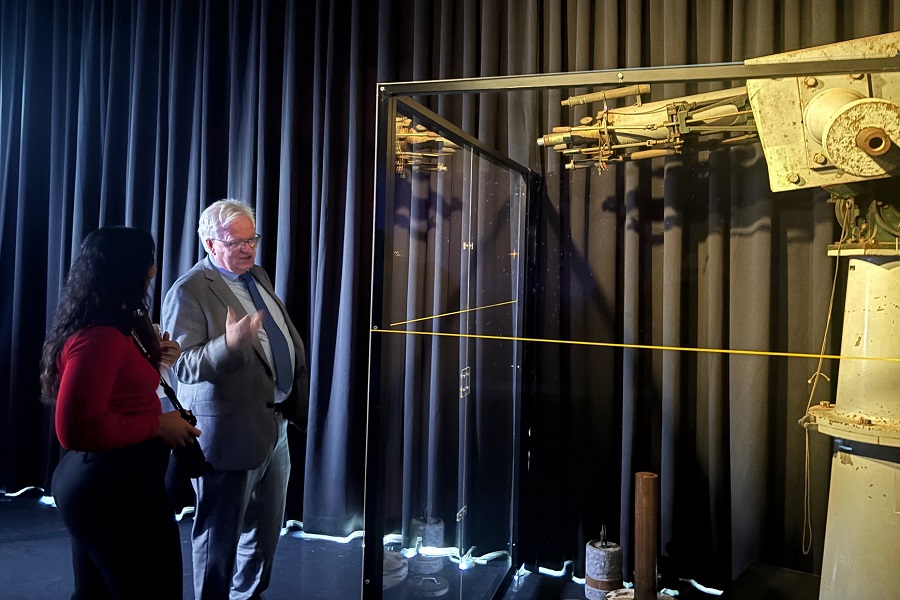
Photography / The Daylight Moon by Francis Cai and Life in the Old Dog, Yet by Brian Jones. At M16 Artspace until May 12. Reviewed by CON BOEKEL.
Brian Jones’ exhibition has one focus and is in two parts.
The focus is on the false perception of, and the photographic misrepresentation of, elderly people. In reacting to wooden portraits of elderly faces, Jones first persuaded subjects in their seventies and eighties to sit for him. Then he captured their liveliness by way of catching facial mobility. The second part shows elderly people leaping, throwing hammer balls and kettleballs and doing biceps curls and the like.
It was a bit discombobulating to wander through this exhibition and to realise that, not only was my age group the focus for once but that several of the subjects were friends. My still-mobile face broke into a wry grin.
The technical photography skills here on show match Jones’ high reputation. The imagery amply delivers on his objective. Jones’ affirmation was matched by the lively joy on the faces of the opening night audience.

At first glance Francis Cai’s exhibition bears no resemblance to that of Jones. As I delved, I felt a deep connection in the shared humanity of artistic endeavour.
Cai’s photography is avowedly surreal. I must confess that, in a world in which public discourse seems to be increasingly disconnected from reality, and where social media seems to be descending into babel and bedlam, I have a certain fondness for the bracing integrity of surrealism. It is what it is and it looks like it.
Cai begins by capturing images using analogue black and white film and then using post-processing. Dense, richly printed blacks and sooty greys form the backdrop upon which shapes emerge, merge and disappear amidst flashing highlights.
Certain themes can be picked out. Time flows with water and is clocked by a sundial. The imagery blends and twists time and space.
Light bounces off, passes through and reaches us through glass globes. An all-seeing eye keeps a constant watch. This turns into a motif which recurs in other prints. In a classic surreal touch, we see and are seen. In a dreamy nightmarish way we neither know quite what we are seeing or who, or what, might be seeing us.
Cai, who hails from Shanghai, took the original photos in both Australia and in his home country.

Familiar Australian images undergo distortions. Chinese iconography, generally unfamiliar to most westerners, is both instantly recognisable as Chinese and simultaneously experienced as being somewhat unattainable. A dragon dances in skies surrounded by flashes of light. The dome of heaven guards a culturally-important Qin Dynasty seal.
The contrast between the two exhibitions invites reflection on the sheer adaptability of photography as a medium. Jones’ is the epitome of protest-based photorealism. There is an important reality he wishes to portray. There is life in the old dog yet – a message this old dog appreciates.
Cai starts with capturing reality and thence launches into the phantasmagoric voyages of a supple and inventive mind. We never quite seem to reach the far shore.
But such a journey.
Who can be trusted?
In a world of spin and confusion, there’s never been a more important time to support independent journalism in Canberra.
If you trust our work online and want to enforce the power of independent voices, I invite you to make a small contribution.
Every dollar of support is invested back into our journalism to help keep citynews.com.au strong and free.
Thank you,
Ian Meikle, editor




Leave a Reply